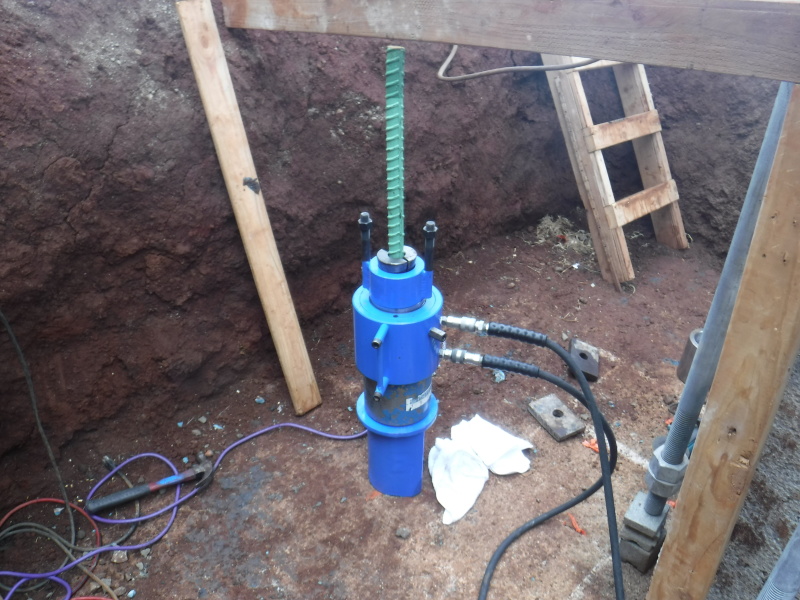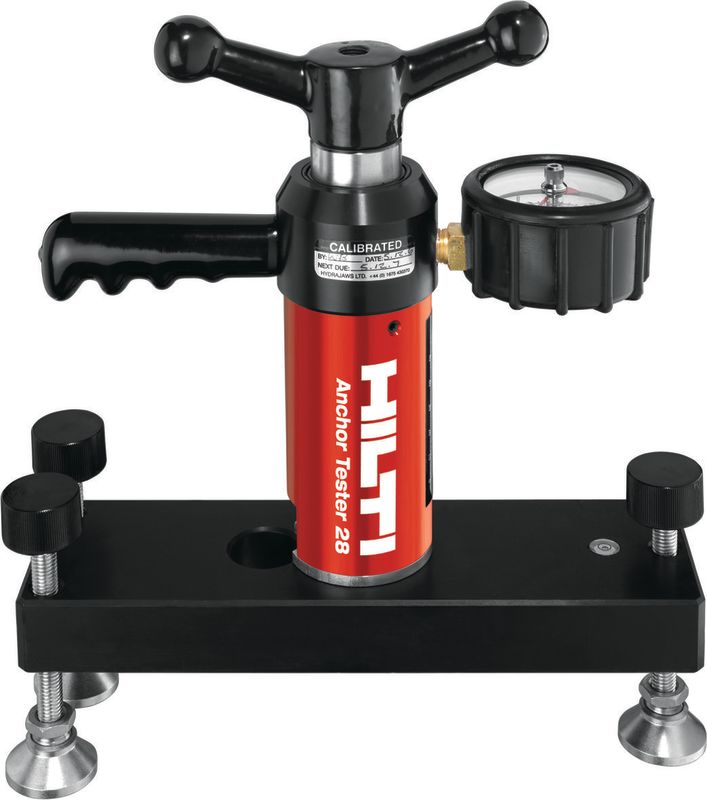Is there any practical and cost-effective way of load-testing post-installed anchor bolts as they are installed? From a quick internet search I saw the following gadget, along with other similar apparatuses (apparati?):
Has anyone here had experience with this type of thing? I know the post-installed anchor manufacturers are emphatic that to achieve capacity capacity the installation procedures must be followed exactly. But short of someone watching over the installers' shoulders full-time what's to ensure that will happen? Further, even if it is, what's to guarantee the exact condition of the concrete at all locations? It seems to me that this is an issue that would have been addressed long ago but thus far I haven't found too much regarding it. What am I missing, I wonder?
Has anyone here had experience with this type of thing? I know the post-installed anchor manufacturers are emphatic that to achieve capacity capacity the installation procedures must be followed exactly. But short of someone watching over the installers' shoulders full-time what's to ensure that will happen? Further, even if it is, what's to guarantee the exact condition of the concrete at all locations? It seems to me that this is an issue that would have been addressed long ago but thus far I haven't found too much regarding it. What am I missing, I wonder?


